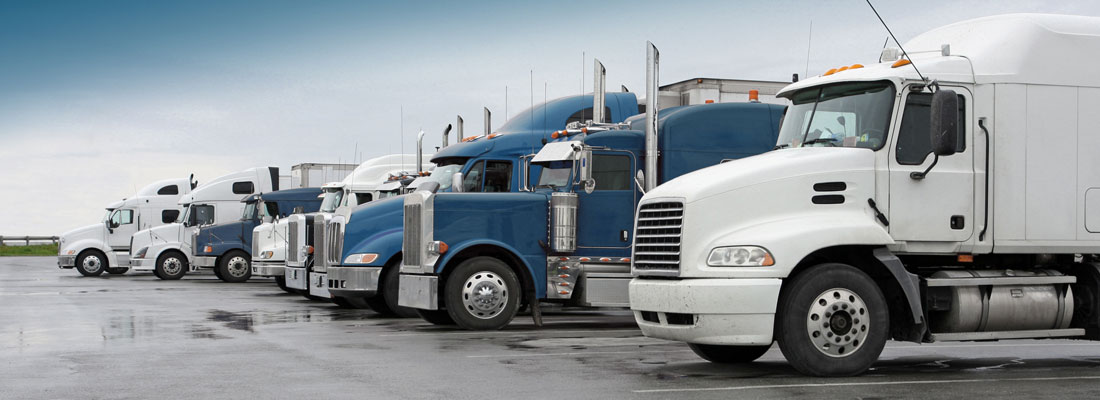Make sure that the ELD you select complies with current regulations. In the USA, ELDs have been mandatory since December 2017. ELD providers must self-certify their ELD and register to be on the FMCSA list (Federal Motor Carrier Safety Administration). To find a supplier, carriers must conduct their search, keeping in mind that their compliance depends on their choice of ELD supplier.
In Canada, ELDs will become mandatory on June 12, 2021, and will have to be certified by an accredited body to appear on the official Transport Canada list (not yet available as of this writing). Nevertheless, you can still select a reliable, reputable supplier who knows Canadian regulations and the technical standard in detail, and who is committed to the certification process. In Canada, there are currently three major players in the market, including ISAAC. By choosing a vendor like ISAAC, you ensure that the solution is developed and ready to undergo testing once certification bodies are announced by the authorities.
Once you have selected a solution, you have to roll it out throughout your fleet. There are key steps you cannot afford to neglect, which is why we’ve prepared some advice to help guide you!
1. Communicate Upcoming Changes
Whether you are transitioning from paper logbooks to electronic ones, or you are switching telematics providers, here are some tips to foster acceptance within your organization. Tell everyone who will be using the new technology what is coming up in advance. Take the time to explain the benefits of ELDs, why you made the choice, and how it will have a positive impact on their work. Presentations by the ELD vendor’s trainers or special events held at your terminals are excellent initiatives to help introduce the new technology. Obviously, choosing an easy, user-friendly solution makes for an easier sell!
2. Work With Experts
Having support throughout the implementation process is crucial. Make sure that a member of your ELD provider’s team is fully dedicated to making your project a success. Ideally, this person should be a project manager with the necessary knowledge to guide you and provide the support you need. A good project manager will coordinate all implementation activities and act as your main point of contact. They will be aware of the needs you expressed to your buyer during the sales process so that you get everything you paid for.
After-sales technical support is also a must. A provider whose culture focuses on customer success will answer your questions promptly. For example, here at ISAAC, we understand that our solution is critical to your operations, and that your drivers and personnel depend on it working properly. That’s why we have a dependable, dedicated technical support team and 24/7 emergency service.
3. Develop an Action Plan and Schedule
When you purchased the solution, you had specific goals in mind. Make sure that the deliverables you discussed are detailed, so you know what to expect. Go over your expectations with your project manager and develop a realistic schedule based on your company’s needs and reality.
The schedule has to take into account expected integrations between your current systems and the fleet management solution. For example, schedule enough integration time between your TMS and ELD solution to allow for driver workflow customization.
4. Plan Ahead for Efficient Installation
With the help of your project manager, you will be able to coordinate the installation of the devices into your trucks. Of course, the schedule will depend on the number of trucks to be outfitted and the number of installation sites. The time you set aside will vary depending on whether your fleet has 20 trucks or 1,000. Make sure that your ELD installation is compliant and in line with safety standards. Devices that interfere with driver visibility and driving maneuvers are prohibited in most provinces and states.
5. Train Users
Training is an important part of implementation. Schedule sufficient time for users to get to know their new work tool. Think of everyone who will be working with the solution, including:
- Drivers, who will be using the ELD as a daily electronic logbook, to complete workflows and track their activities. A solution developed with users in mind will help drivers get used to the technology quickly and save time.
- Dispatchers and managers, who will use fleet management software to track vehicles on the map, check drivers’ hours of service to better assign trips, send messages to drivers, etc.
ISAAC’s solution offers a remote support application to help drivers on the road; very practical during the first weeks of use. The application allows managers to see in real time the driver’s tablet on their computer to better understand the situation and provide suitable assistance.
Preparation is key!
Don’t underestimate how long it can take to roll out ELDs and fleet management solutions across your organization. Choosing a supplier with the necessary resources and expertise to support you throughout the process will make for a smooth, effective implementation. Your teams will soon see the benefits ELDs provide and won’t look back!









